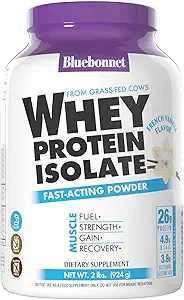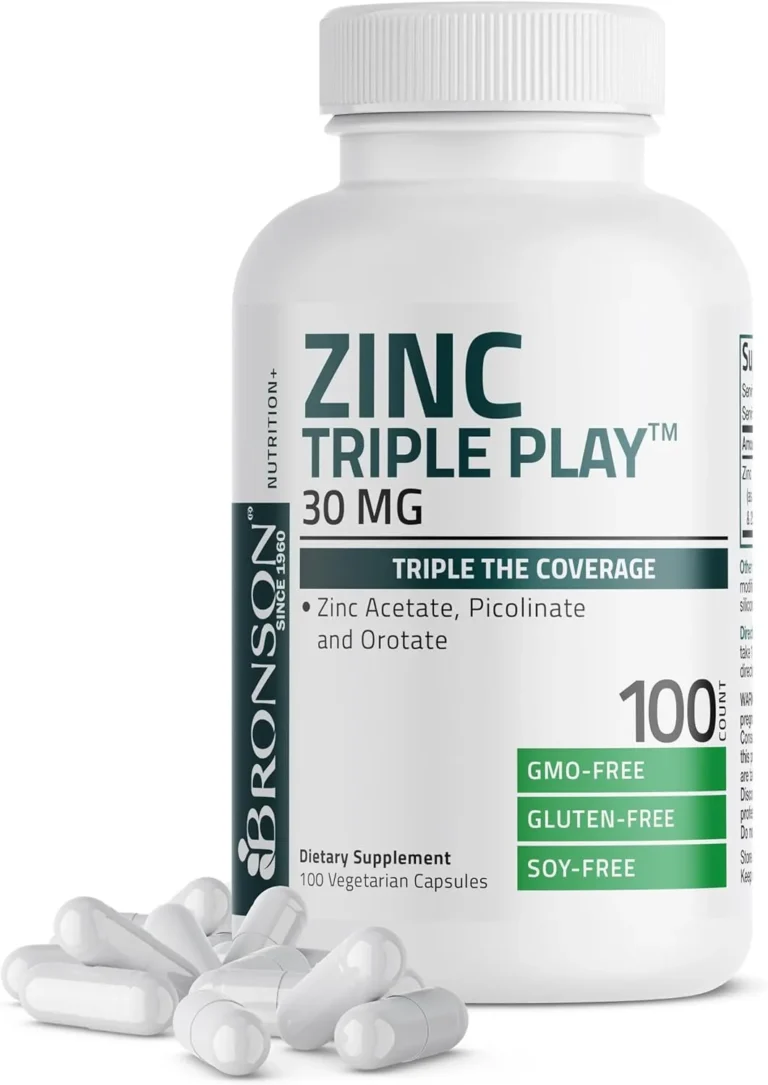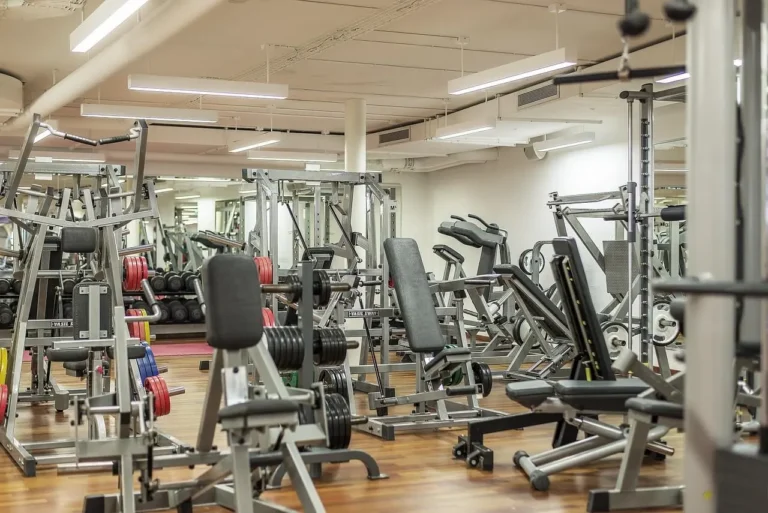
Why Protein Quality Matters More Than Ever
In today’s fitness landscape, protein supplements have become as essential as your workout shoes. But here’s the problem most people face: With dozens of whey options lining supplement shelves, how do you know which one actually fits your goals and body?
As a fitness coach who’s tested over 30 protein brands, I’ll break down the real differences between whey concentrate and isolate – beyond the marketing hype. You’ll discover:
- Which type helps you build muscle faster (studies show one absorbs 30% quicker)
- Why some people bloat with concentrate but feel fine with isolate
- How to choose based on your budget, diet, and fitness goals
- 3 little-known factors that matter more than protein percentage
Whey Protein Fundamentals
What Exactly is Whey Protein?
Whey is the liquid byproduct of cheese production, containing:
- Complete amino acid profile (including 2.5g of leucine per serving – the key muscle-building trigger)
- Fast-digesting proteins (absorbed within 1-2 hours vs. casein’s 4-6 hours)
- Bioactive compounds like lactoferrin and immunoglobulins (more in concentrate)
Real-World Example:
When client Sarah switched from plant protein to whey, her recovery time improved by 40% within 3 weeks. “I stopped feeling sore for days after leg day,” she reported.
The Great Whey Showdown
Processing Differences That Actually Matter
| Factor | Whey Concentrate | Whey Isolate |
|---|---|---|
| Filtration | Basic microfiltration | Cross-flow microfiltration/ion exchange |
| Protein Content | 70-80% | 90-95% |
| Lactose | 4-6% | <1% |
| Fat/Carbs | 5-7% | 1-2% |
| Bioactives | Higher (immunoglobulins) | Lower |
| Cost | $0.50-$1/serving | $1-$1.50/serving |
Expert Insight:
“While isolate is technically ‘purer,’ concentrate retains more of the beneficial milk fractions that support immunity,” says Dr. Michael Smith, sports nutrition researcher.
Choosing Based on Your Specific Goals
Bulking Phase Nutrition
- Best Choice: Concentrate
- Why: The extra carbs/fats provide additional calories
- Pro Tip: Blend with banana and peanut butter for a 700-calorie mass gain shake
Competition Prep/Cutting
- Best Choice: Isolate
- Why: Near-zero carbs/fats help stay in calorie deficit
- Pro Tip: Look for hydrolyzed isolate for fastest absorption
Lactose Intolerance
Alternative: Vegan protein blends
Solution: Isolate (but try a small amount first – some still react)
Beyond the Basics – 3 Overlooked Factors
- Thermal Stability: Concentrate works better for baking (isolates can get chalky)
- Brand Variability: Some “isolates” contain fillers – always check third-party testing
- Timing Matters: Isolate post-workout, concentrate at other times
Case Study:
When marathon runner Mark switched to isolate during his 2-hour training runs, he reported 50% less GI distress compared to concentrate.
Product Recommendations
Best Whey Concentrate
Optimum Nutrition Gold Standard
✓ 24g protein per scoop
✓ Includes digestive enzymes
✓ Consistently ranks #1 in lab tests
Best Whey Isolate
Dymatize ISO100
✓ 25g hydrolyzed protein
✓ 0g sugar, 1g carbs
✓ Dissolves instantly
Frequently Asked Questions
Q: Can I mix both types?
A: Absolutely! Many athletes use concentrate in the morning and isolate post-workout.
Q: Is cold-processed whey better?
A: Marginally – the filtration method matters more than temperature.
Q: How long does a 5lb tub last?
A: About 1 month if using 1 scoop daily.
Final Decision Tool
Answer these questions:
- Is lactose a concern? → Isolate
- Are you on a tight budget? → Concentrate
- Need maximum protein per calorie? → Isolate
- Want the best tasting shakes? → Concentrate
Still unsure? Try both! Many brands offer sample packets.
Conclusion: Your Personalized Protein Plan
Remember:
- Concentrate = Best for most casual lifters
- Isolate = Ideal for competitors/lactose-sensitive
Pro Tip: Take our 30-second quiz at [YourWebsite.com/ProteinQuiz] to get a custom recommendation based on your diet, goals and budget.
Shop Our Top-Rated Proteins on Amazon
(Prices updated daily – limited inventory on sale items!)






